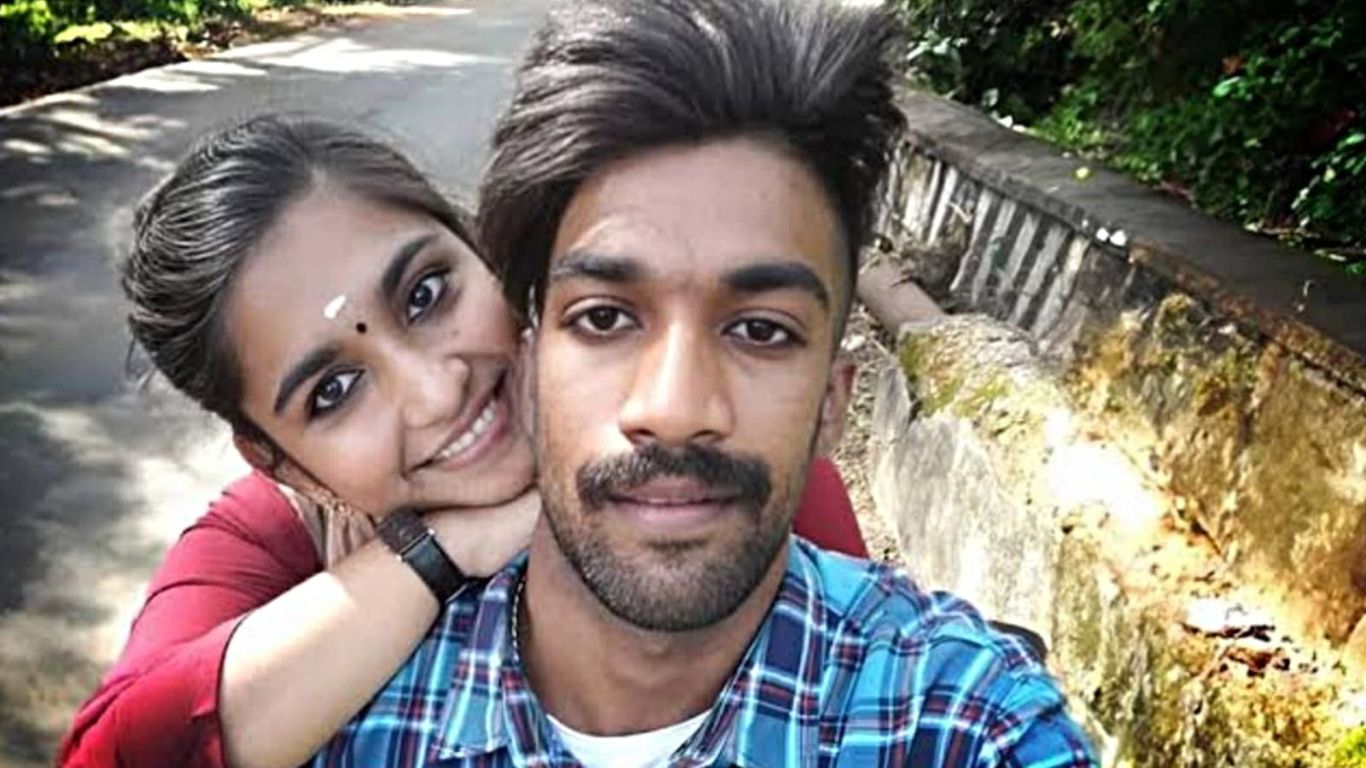India’s legal system has a complicated relationship with the death penalty. While it is still legal in certain cases, the death penalty is meant to be a last resort. The Indian Penal Code, under Section 302, prescribes the death penalty for murder, but judges are guided by mitigating circumstances when deciding whether it should be applied.
In this case, the judge weighed the details of the crime carefully. The fact that the woman’s actions were premeditated and involved a slow, methodical poisoning rather than a crime of passion may have been a key factor in determining the severity of the punishment.
The Indian Judiciary’s Approach to Capital Punishment
India’s Supreme Court has laid down guidelines that aim to restrict the use of the death penalty, emphasizing that it should only be imposed in the rarest of rare cases. These include situations where the crime is particularly brutal or when the criminal poses a grave threat to society. However, critics argue that the implementation of the death penalty is sometimes inconsistent, leading to heated debates on whether such extreme measures are appropriate.
The public opinion surrounding capital punishment in India is also divided. Some believe that it is a necessary deterrent for heinous crimes, while others advocate for its abolition, citing the possibility of wrongful convictions and the inhumanity of the punishment.
Reactions from the Victim’s Family and the Community
While the verdict brought closure to many, the emotional impact on the victim’s family was evident. Losing a loved one in such a tragic and senseless manner left his family devastated. The community surrounding the couple also reacted with disbelief, struggling to comprehend how a relationship that was once filled with love could end in such a violent manner.
Supporters of the victim’s family expressed that the death penalty, although severe, would bring some measure of justice. However, others questioned whether it was an appropriate response to a case where emotional and psychological factors seemed to play a significant role in the crime.
Support for the Victim’s Family
In the aftermath of the trial, numerous support groups and activists rallied around the victim’s family, offering both emotional and legal support. Domestic violence advocacy groups, in particular, used the case to raise awareness about the psychological and emotional abuse that often precedes such violent acts. They urged society to focus more on providing resources and support for individuals who find themselves trapped in unhealthy relationships.
The Broader Social Implications of the Case
This case has far-reaching implications for societal views on relationships, abuse, and justice. It brings to light the hidden dangers of toxic relationships and emphasizes the need for awareness, education, and intervention. The emotional, psychological, and social impacts of abusive relationships cannot be overstated, as they often have life-altering consequences for both the victims and the perpetrators.
The Need for Relationship Education and Awareness
One important takeaway from this case is the need for greater emphasis on relationship education. Teaching individuals, especially young people, about healthy relationships, boundaries, and how to deal with emotional turmoil in a constructive way could prevent such tragedies. By addressing the root causes of unhealthy relationships, society can work toward reducing the number of incidents where individuals resort to violence as a means of ending a toxic bond.
Raising Awareness of Domestic Violence
Moreover, this case highlights the importance of tackling domestic violence on a broader scale. Domestic violence, whether physical, emotional, or psychological, often goes unreported, and the victims rarely receive the help they need. Governments, organizations, and communities must come together to address this issue, providing accessible resources for those in need of assistance.
The Psychological Toll of an Abusive Relationship
From a psychological perspective, individuals in abusive relationships often experience a range of emotions, including fear, guilt, and shame. These emotions can lead to poor decision-making, with some feeling as though there is no way out except through drastic measures. In the case of the Kerala woman, her actions may have been influenced by the long-term emotional strain she endured. These factors, however, don’t absolve her of responsibility for the crime but rather add a layer of complexity to understanding her motivations.
Conclusion: Reflecting on the Impact of the Case
The case of the Kerala woman who poisoned her boyfriend to escape their relationship is a complex and tragic one, raising many questions about love, control, emotional distress, and the role of the justice system. It is an unfortunate reminder that behind every crime, there is often a deeper story involving human emotions, psychological distress, and societal pressures.
While the death sentence may seem like a form of justice, it is important to continue discussing and reflecting on the broader issues of domestic violence, emotional abuse, and relationship dynamics. Through such conversations, we can hope to build a society that better supports individuals in unhealthy relationships, offering them the tools and resources they need to escape before resorting to drastic measures.
FAQs:
- What led to the poisoning incident in Kerala?
The woman poisoned her boyfriend as a desperate attempt to end their tumultuous relationship, as she reportedly felt trapped and overwhelmed by the situation. - What was the woman’s defense during the trial?
The defense argued that the woman was emotionally distressed and acted out of frustration, but the prosecution presented evidence that suggested premeditation. - How did the victim’s family react to the sentencing?
The victim’s family expressed mixed emotions, with some feeling that the death penalty was justified, while others struggled with the loss and the violent nature of the crime. - What impact did this case have on the public?
The case sparked public debate over the use of the death penalty, the dynamics of abusive relationships, and the need for better support systems for individuals in toxic relationships. - What can society do to prevent similar crimes?
Society must focus on relationship education, raising awareness about domestic violence, and providing accessible support to individuals in unhealthy relationships to prevent future tragedies.
